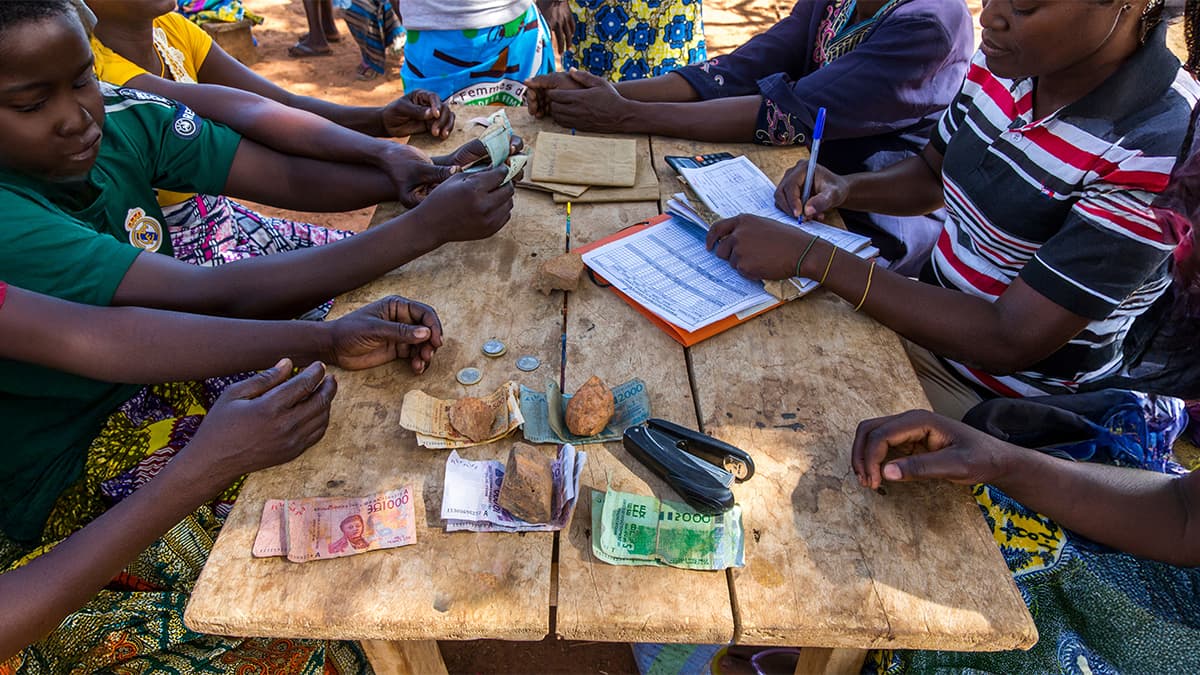.jpg)
Governments in this epochal digital age are adept at managing their beneficiaries. Whether it is identification of genuine beneficiaries, validating their credentials or disbursing scheme benefits, interfaces and outcomes are better than ever before. Citizen experience (CX) is better too with contactless and frictionless services. Though not infallible, technology has been a great enabler in this transformation. Take for example, India’s Aadhaar with 1.3 billion users. It’s a colossal identification programme predicated on biometric data. Aadhaar has transformed the face of beneficiary management by linking government services to a unique digital identity.
Stepping ahead, beneficiary management systems would be more efficient with the overlay of new, cutting-edge technologies. We have set foot in a Tech-ade (2020-30) of change where governments are onboarding niche technologies to improve citizen service delivery. Just to illustrate, the Government of Tripura has decided to embed blockchain technology in its Beneficiary Management System to enhance the security of data assets.
.jpg)
Challenges in beneficiary management systems
Siloed data and fragmented systems: Many beneficiary management systems suffer from the bane of siloed data. Different departments or organizations often have their own separate systems, making it difficult to share information and collaborate effectively. It's like trying to communicate in a room full of people speaking different languages.
Limited interoperability and integration capabilities: Some systems are stubborn loners that refuse to play nicely with others. Limited interoperability and integration capabilities hamper the seamless flow of information and hinder organizations' ability to provide holistic services.
Privacy and security concerns: With great power comes great responsibility. Integrated systems need to ensure the privacy and security of sensitive beneficiary data. Governments must address concerns related to data breaches, unauthorized access, and misuse of personal information. It's like walking a tightrope between convenience and protection.
.jpg)
Benefits of integrated beneficiary management systems
Integration is the secret sauce that takes beneficiary management systems from good to great. End-to-end integrated beneficiary management systems offer a string of benefits:
Streamlined data collection and management: Gone are the days of drowning in paperwork and struggling to find the right information. Integrated beneficiary management systems allow organizations to collect and manage data seamlessly, reducing duplication and increasing accuracy. It's like having a well-oiled machine that does the heavy lifting for you.
Enhanced coordination and collaboration among stakeholders: When everyone is on the same page, magic happens. Integrated systems promote better coordination and collaboration among different stakeholders.
Improved efficiency and cost-effectiveness: Time is money, and integrated systems know how to save both. By automating manual processes and reducing administrative burden, these systems free up resources and allow organizations to focus on what really matters - helping beneficiaries.
CSM Tech’s integrated system for social protection schemes
CSM Tech has developed an integrated beneficiary management system to enable effective implementation of safety nets or social protection programmes. A four-pronged approach is used - beneficiary identification, program targeting, direct fund transfers, and capacity building. Below are the schemes where our automated system has led to transformation in scheme efficiency and performance outcomes.
Productive Safety Net Programme (PSNP): This World Bank funded programme provides unconditional transfers and conditional support to the poor and vulnerable households, consolidates beneficiary databases across departments such as Agriculture, Health, and Labour & Social Justice, using the National Household Registry as the primary key. The scheme implementation had its share of challenges- unavailability of internet connectivity in a few Woredas, lack of desired skills set to operate the application and no regular updation of beneficiary data. But our automated system transformed the dynamics of implementation, with the scheme now seamlessly covering more than 11 million beneficiaries.
Social Registry Information System (SRIS), Gambia: Gambia, an African nation, has shown the way on how social registry can be tapped to deliver benefits ‘real time’ to the poor. Its social registry has been built through proxy means test wherein scores are calculated for each household. The efficacy of the social registry has gone up due to SRIS- a modular and functionally scalable web-based system developed by CSM Tech to collect, process, update and store data on all households. This system automates the survey household data collection and management in a centralized system, allowing data collected from different locations to be easily managed and stored securely. The automated social registry enables the government to monitor the well-being of beneficiaries and weed out ineligible claimants or ghost beneficiaries.
.jpg)
Designing systems for the future
An integrated beneficiary management system enhances the beneficiary management processes of governments. The system improves efficiency, accuracy, and communication by centralized data, automating workflows, and providing real-time reporting. Despite implementation challenges, careful planning, training, and ongoing support can overcome them. AI, cloud-based solutions, and data analytics will continue to shape beneficiary management systems in the future.


























































We will verify and publish your comment soon.